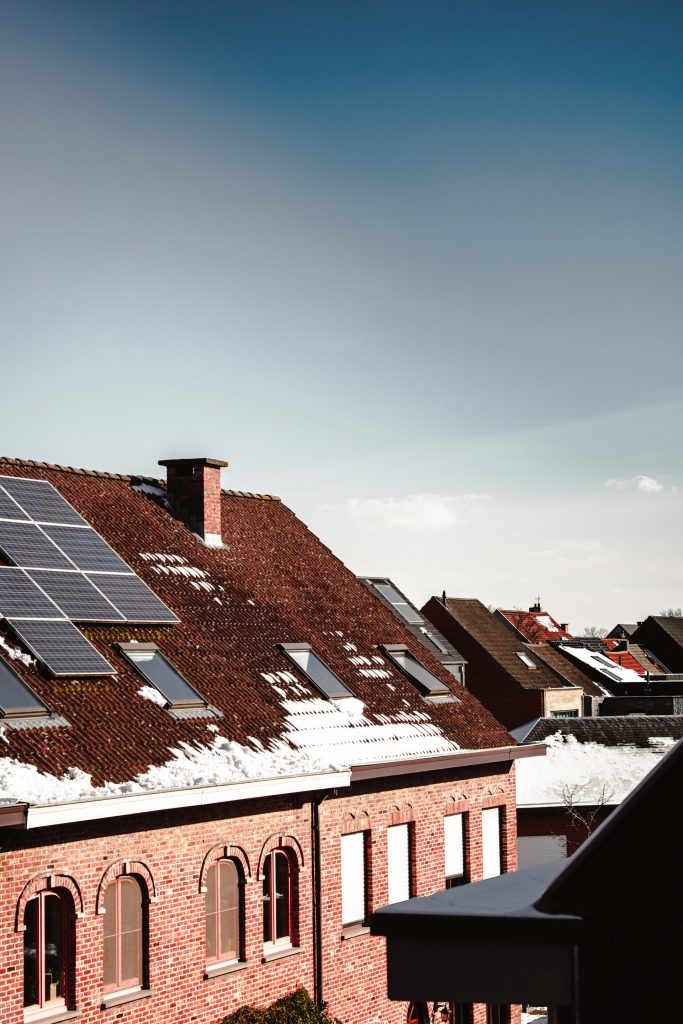Being a homeowner is challenging yet gratifying. Owning a property carries with it some responsibilities, including maintenance and repairs. Therefore, it’s only proper to pay attention to every part of the house, the gutters being one of them.
What Are Gutters For?

Because it’s up on the roof, your focus might be on the roof itself rather than the gutter. After all, that’s one of your home’s defenses against elements or any danger that might befall you while you’re indoors. However, the gutter is just as important as any part of the house.
Despite being unnoticeable, the gutter handles the bulk of the collected rainwater every wet season. Without this, many problems could crop up, such as:
- A flooded basement
- Weakening foundation
- Mold and pest infestation
As you wouldn’t want to deal with any of these problems in the future, you must acknowledge how vital the gutters are for the rest of your house. For starters, identify the gutter system you have at home and recognize its most common problems:
1. Blockage
As part of the roof, you can already imagine how much debris gets up in the gutter. Trash, ice dams, dirt—these are just a few of what could be stuck there because the winds can carry anything with how strong they get during rainstorms. Because they got whisked up there, you’ll only know something happened once you’ve noticed the gutter isn’t working properly.
There’s no need to explain why having your gutter blocked off would be a problem; if something’s blocking the path, the water will spill out and flood your yard with no restraints. On another important note, regardless of what type of gutter you have, it’s only designed to handle water and withstand the weather, not foreign objects. So, if the blockage continues to stay up there, it could damage your gutter eventually.
Fortunately, there’s an easy solution to this problem. Although, its downside is this isn’t a one-time fix. Yet all you need to do is maintain a routine check-up every season, especially during the wet and cold ones.
To do this, get up on the roof by either setting up a ladder or through a window upstairs. Make sure the ladder isn’t leaning on the gutter, though, and equip yourself with safety gear before starting. Once you’re up there, clean the roof of any trash you see.
2. Growing Vegetation

In the same vein as blockages, it’s likely for the gutters to have random plants sprouting all over the place as leaves and sticks are some materials that can get carried by the wind as well, especially during the fall. Although they won’t be a problem by themselves, over time they will be as long as they remain untouched on the gutter. You can turn them into compost by drying and watering them regularly.
Moreover, as birds and insects perch on the roof, they tend to carry seeds or pollen with them. Once that happens, your unneeded compost will be seeded before it gets watered again by the next rain shower. Before you know it, you’ll have plants growing all over the gutter. What’s even worse is that some of them would block off the downspout with roots.
While you can’t tell if seeds are scattered all over the roof, you can see the leaves and sticks around. So, much like dealing with blockages, the best way to resolve this is by maintaining a regular clean-up schedule.
3. Cracks And Dents
As mentioned earlier, gutters can get damaged by holding too much load other than water. However, these kinds of damage could be due to something else. Low-quality gutters tend to be more vulnerable the longer it’s worn out by time, thus growing weaker regardless of harsh weather or foreign objects. Meanwhile, tougher ones can still sport cracks and holes the more stress is put into them.
Although this doesn’t seem to be a solvable problem, you can still manage them by remembering your scheduled check-ups. If you see any damage, don’t wait for this to worsen before buying a replacement. A better alternative would be low-maintenance but long-lasting gutters.
4. Disconnected Gutters

Typically, gutters are connected into shorter sections when installed along a lengthy part of the roof. The same goes for gutters where you need to connect two points. This way, sagging or dents are least likely to occur as soon as they are installed.
This design can’t avoid leakage, though, because they’re not seamless, even while the gutter is still in good condition. Thus, you can already imagine how bad the situation would get once the weather and other factors wear it down. Although this problem may seem unavoidable, there’s an easy fix to keep the gutter from leaking.
All you need to do is equip yourself with caulk or any bonding agent to seal up the joints where the segments are connected. Make sure to apply it properly for it to do its job.
5. Improper Pitching
Compared to the rest of the problems here, this might be the most unnoticeable. As described earlier, gutters are meant for rainwater to move away from the house. There has to be a slight tilt so the water can slide down instead of accumulating in one place. That’s why most residences are designed with angled roofs.
Therefore, angling the gutter (or ‘pitching’) is necessary. If there are some spots of the gutter with standing water, pitch it correctly around a quarter to half an inch for every 10 feet of gutter.
Takeaway
Every part of the house is connected one way or another. If one aspect becomes neglected, it’s likely to affect the rest of the property as well. The gutter is one of those parts that tend to get overlooked. However, by determining what possible issues it has early on, you can maintain your house the way it should be.
Thanks to easymerchant.co.uk for consulting on this post.
























